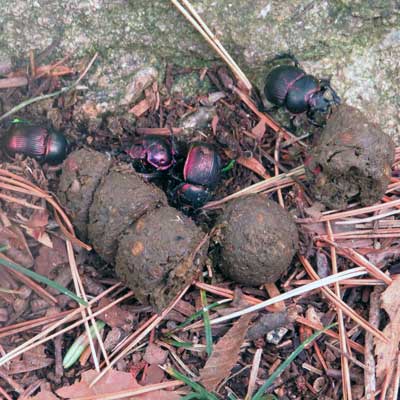



|
TOPICS BONOBO Chimpanzee "Ai" Crania photos Itani Jun'ichiro archives Open datasets for behavioral analysis Guidelines for Care and Use of Nonhuman Primates(pdf) Study material catalogue/database Guideline for field research of non-human primates 2019(pdf) Primate Genome DB 
Primate Research Institute, Kyoto University Copyright (c) |
Japanese Endozoochorous Seed Dispersal by Japanese Macaques (Macaca fuscata): Effects of Temporal Variation in Ranging and Seed Characteristics on Seed Shadows
Yamato Tsuji and Mayumi Morimoto
Abstract
Variation in seed shadows generated by frugivores is caused by daily, seasonal, and inter-annual variation in ranging, as well as inter-specific variability in gut passage times according to seed characteristics. We studied the extent to which seed weight, specific gravity, and daily (morning, afternoon, and evening) and inter-annual (2004 vs. 2005) variation in ranging affected seed shadows generated by wild Japanese macaques (Macaca fuscata) in northern Japan. The macaques ingested fleshy fruits of 11 species during the two year study period; Viburnum dilatatum (Caprifoliaceae: heavier seeds with higher specific gravity) and Rosa multiflora (Rosaceae: lighter seeds with lower specific gravity) were eaten frequently in both years. The travel distances of macaques after feeding on V. dilatatum and R. multiflora fruits were estimated by combining feeding locations and ranging patterns measured in the field with gut passage times of model seeds in captive animals. Median travel distances after fruit feeding were 431 (quantile range: 277-654) and 478m (265-646), respectively, with a maximum of 1,261 m. Neither year nor time of day affected travel distances. The gut passage time of model V. dilatatum seeds was longer than that of model R. multiflora seed, but this did not affect dispersal distances. Seed shadows for both species over 2 years showed unimodal distribution (peak: 101-500 m) and more than 90%, 20%, and 3% of ingested seeds were estimated to be dispersed >100, >500, and >1000 m, respectively, the longest known distances among macaque species. R. multiflora seeds tended to be dispersed further in 2004 than 2005, but V. dilatatum seeds were not, implying that inter-annual variations in ranging pattern due to the distribution and abundance of nut fruiting could affect dispersal distance.  Feces of Japanese macaques
 Vibrnum dilatatum
 Rosa multiflora
Bibliographic information
American Journal of Primatology 78: 185ур?91 2016/01/20 Primate Research Institute
|